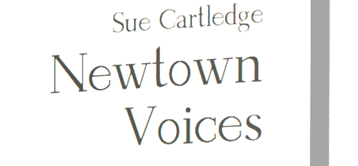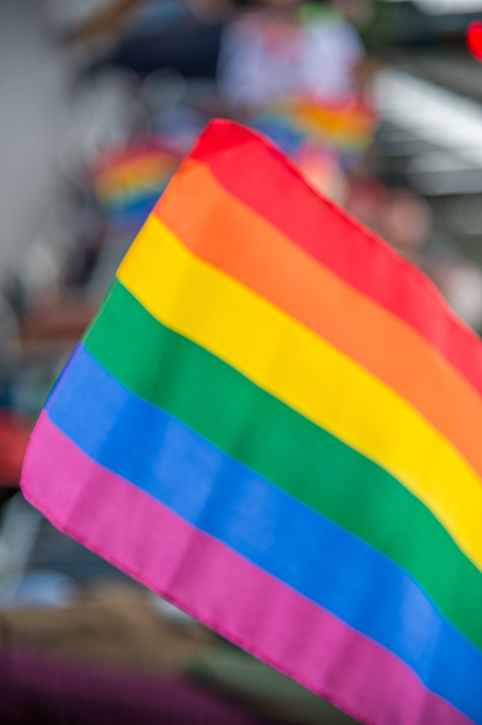
Another background story that has nothing to do with screamer headlines or weekly news in Newtown in 1978. It might be Jaroslav telling Harry about his life before he fled to Australia. Or his unspoken memories. We learn about him and his boyfriend Damir and their life as students in Zagreb, Croatia, before we and they are faced with the violence and deaths.
‘In Croatia’ was one of the first poems I wrote for the Voices, after Harry’s ‘Ultramarine’. Both were to make clear to myself and my readers what I understood or knew about each character and their reasons for living in Newtown. Both Jaro’s and Harry’s memory poems are about enforced endings and the need to make new lives.
When I wrote about Jaro’s life as a gay man in Mardi Gras festival part 1, I knew that living gay wasn’t something new for him. It was also clear that Jaro hadn’t stopped loving Damir. It’s going to be hard for him to move on. The ‘pretty Turkish boy’* might not be enough. (*Jaro meets this lad at one of the beats they both regularly visit. The boy develops a crush on him.)
‘In Croatia’ reads a bit like a fairy tale, one with dark edges. I wrote it as Jaro dictated it to me. Similarly, with ‘Ultramarine’, I watched Harry struggling with her painting, going onto the balcony for a cigarette, wrestling with the idea of finding work to pay the rent. I feel a responsibility to them and to the many people like them, to tell their stories as truthfully as possible.
A taste of ‘In Croatia’:
Eight hundred years of glorious history surrounded us
but what we sought was our future. We climbed
the ramparts, ran laughing up the cobbled streets,
cathedral and castle, churches and cafes;
the town was our territory, the river banks
our playground. That shining summer
we spent our days on the cusp of life and love
and death hiding behind people’s eyes
and in their words.
If we didn’t think about politics, if we read
and studied and laughed and danced and sang,
if we dreamed of love and drank beer and wine
and the sweet plum liqueur and picnicked
with our friends in the park by the river
Of course it gets darker and grimmer, with the bitter political infighting between government factions increasing in violence. Suddenly Jaro and his friend Marco are running in fear for their lives, bullets whistling past them, as Damir lies broken and dead in the ruins of a bombed bookshop.
Some of that infighting and violence spread to Australia in the 60s and 70s, as European migrants made new homes here, especially in Sydney and Melbourne. There were knife fights and occasional bombings resulting from tensions between former Croatians and Yugoslavs. By comparison, the recent political turmoil in Australia’s Federal Parliament, leading to the sudden removal of then current Prime Minister, Malcolm Turnbull, was certainly violent and sudden, but fortunately bloodless.
“…if we didn’t think about politics, but who cannot help thinking about politics
when you are young and idealistic and your country is at war with itself
squabbling who were the patriots? who should run the country?
Read Newtown Voices
Clearly, I want you to read the poems in Newtown Voices yourself. These excerpts and backgrounders are teasers to get you wanting to know more, to become familiar with my friends Jaro and Harry, Buzz and Tom and their stories. I’ve been living with these people for 10 years; I want more people to get to know them and think about the social issues that faced people 40 years ago, and still face people today. Immigration is a big issue for many countries; so are homophobia, racism and prejudice, and there is always political agitation somewhere. Some things never seem to change, but the hope is that they evolve into better ways of dealing with thorny issues.
The photo
I didn’t have a relevant photo for a post about Croatia in the 1960s. Most of my pics are of streets and buildings and street art in Newtown, or of the harbourside areas within easy reach of my Inner West Sydney home. So I searched online and found this lovely recent shot of the Dolac marketplace in Zagreb. It’s probably not very different from how the marketplace might have looked in the 1960s.
Photo credit: Ivansmuk
If you enjoy these posts and would like to ask a question or comment, please do. I’d love to hear from you!
You can read more about Newtown Voices, about me, and where to buy the book at newtownvoices




